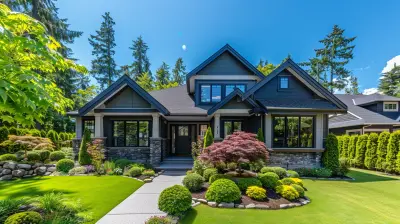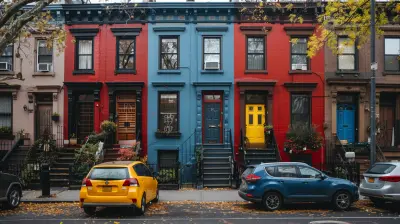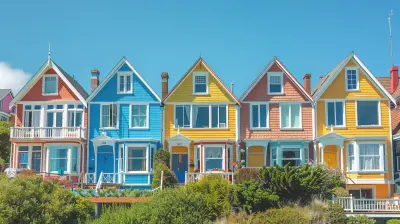Bamboo in Construction: A Renewable Resource for Homes
26 July 2025
When you think of bamboo, what comes to mind? Pandas munching away? Maybe a tropical vacation with bamboo huts? Well, here’s a fun fact – bamboo isn’t just for feeding adorable bears or making tiki torches; it's also an incredibly sustainable and surprisingly strong building material.
Yep, you heard that right. Bamboo is making waves in the construction world, and for good reason. It's renewable, eco-friendly, and ridiculously sturdy. If you're considering building a home that’s both stylish and sustainable, you’ll want to keep reading! 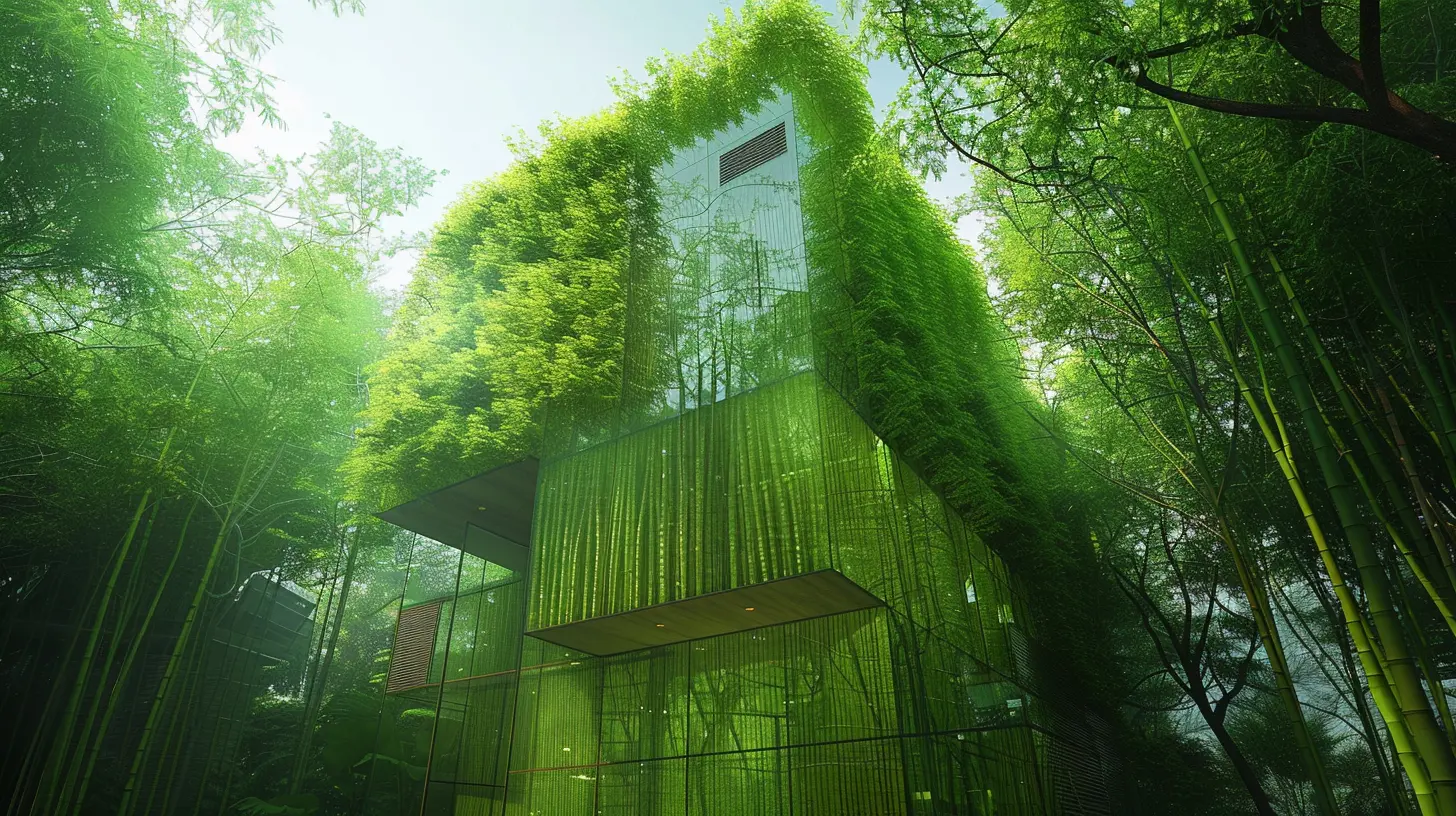
Why Is Bamboo an Excellent Building Material?
1. A Green Dream: Sustainability at Its Best
Unlike traditional lumber, which can take decades to grow, bamboo shoots up at an astonishing rate—some species grow up to 35 inches per day. That's faster than your neighbor’s annoying backyard weeds!Because it matures in as little as three to five years, bamboo is a renewable resource that can be harvested without significant environmental impact. Compare that to oak or maple, which takes 50-100 years, and you can see why bamboo is stealing the show in the sustainability department.
2. Tougher Than It Looks
Bamboo might look delicate, but don’t mistake its flexibility for weakness. This plant is stronger than steel when it comes to tensile strength (the ability to withstand stretching or pulling forces). Yes, you read that correctly—bamboo has a higher strength-to-weight ratio than steel!It also has natural shock-absorbing properties, making it a fantastic choice for earthquake-prone regions. Some of the world’s oldest bamboo structures have withstood centuries of wear and tear, proving that this material is no lightweight in the durability game.
3. A Natural Aesthetic That Turns Heads
There’s something effortlessly charming about bamboo. Its smooth texture and natural color immediately bring warmth to any space. Whether you’re going for a modern minimalist look or a rustic vibe, bamboo fits right in.Forget boring concrete walls—imagine sleek bamboo flooring, airy bamboo ceilings, and even bamboo furniture. This material isn’t just practical; it’s a style statement! 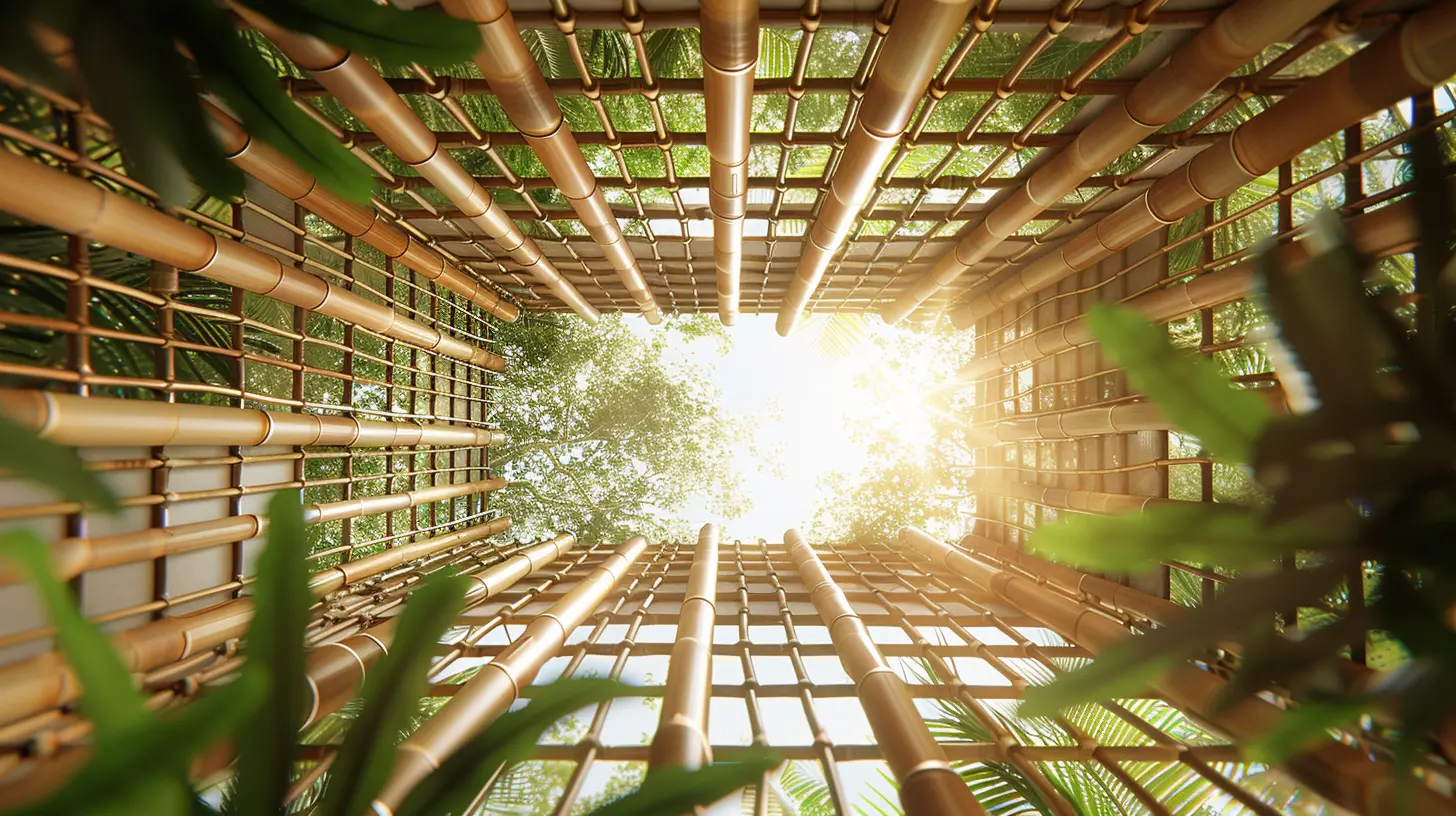
How Is Bamboo Used in Construction?
1. Bamboo Flooring
Think hardwood floors are the only way to get that polished, elegant look? Think again. Bamboo flooring is durable, scratch-resistant, and (bonus!) a lot more affordable than hardwood. Plus, it’s naturally moisture-resistant, making it perfect for humid environments.2. Bamboo Walls and Partitioning
Want to divide up spaces in a home without closing everything off? Bamboo partitions do the trick. They create private spaces without making rooms feel cramped, and they bring a natural, breathable feel to the home.3. Structural Bamboo (Yes, You Can Build Entire Homes!)
Bamboo isn't just for decoration—it can be used as a full-fledged structural material. In parts of South America and Asia, bamboo homes have stood for generations. It’s lightweight yet incredibly sturdy, making it a fantastic alternative to steel and concrete.4. Bamboo Roofing
Bamboo can also be used for roofing, providing excellent insulation. It keeps homes cool in summer and warm in winter, making it an excellent choice for energy-efficient housing.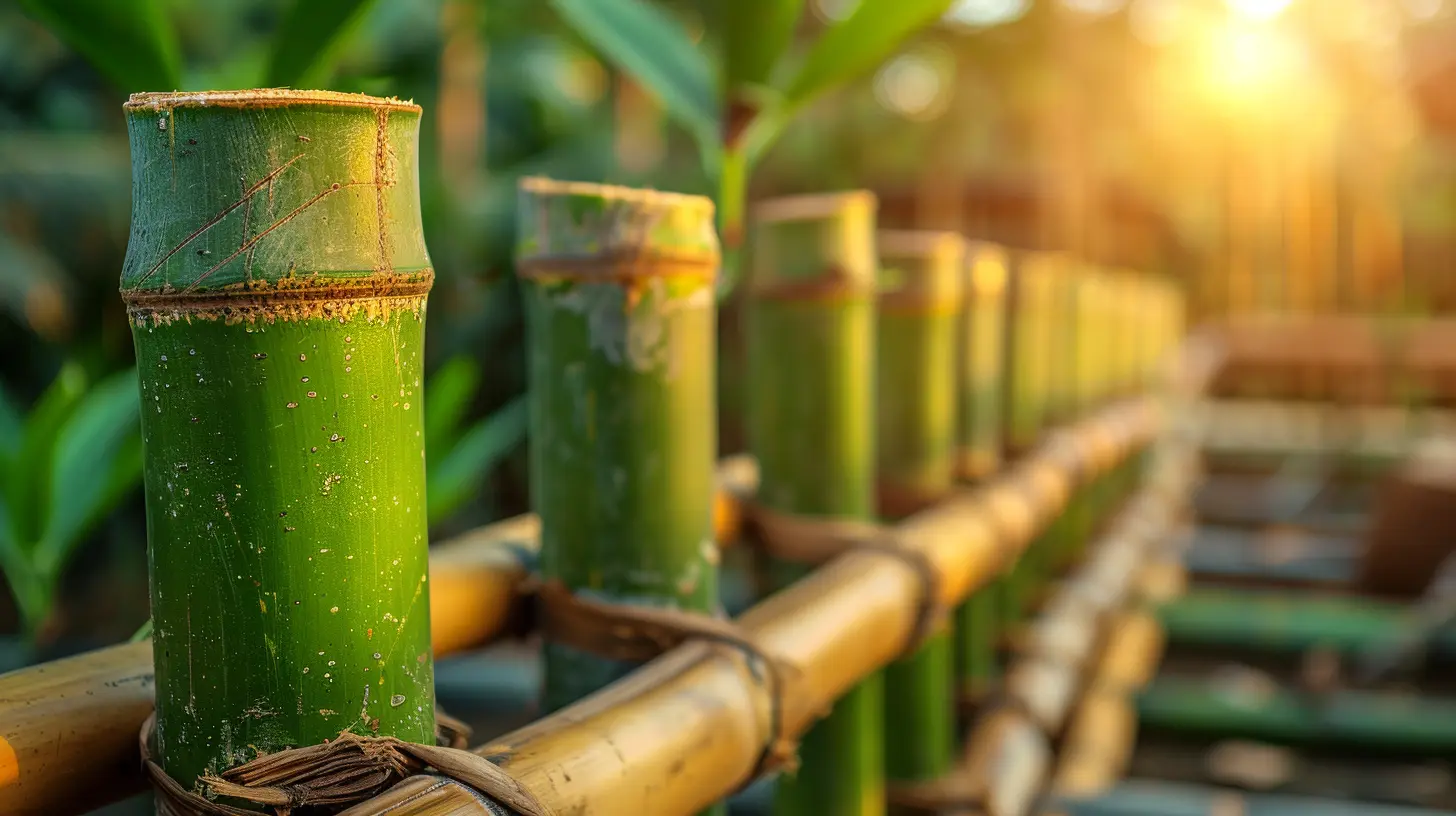
The Environmental Perks of Using Bamboo
1. Carbon Footprint? What Carbon Footprint?
Bamboo absorbs more CO₂ and produces more oxygen than most trees—meaning that swapping traditional materials for bamboo in construction helps fight climate change. It’s basically like Mother Nature's version of an air purifier.2. Less Water, More Growth
Unlike thirsty hardwood trees that demand tons of water, bamboo thrives with minimal H₂O. It’s perfect for regions where conserving water is a priority.3. Zero Waste Construction
When you cut down a tree, that's it—no regrowth. But bamboo? It regenerates from its roots, meaning there's no need for replanting after harvesting. Plus, every part of the plant can be used, eliminating waste.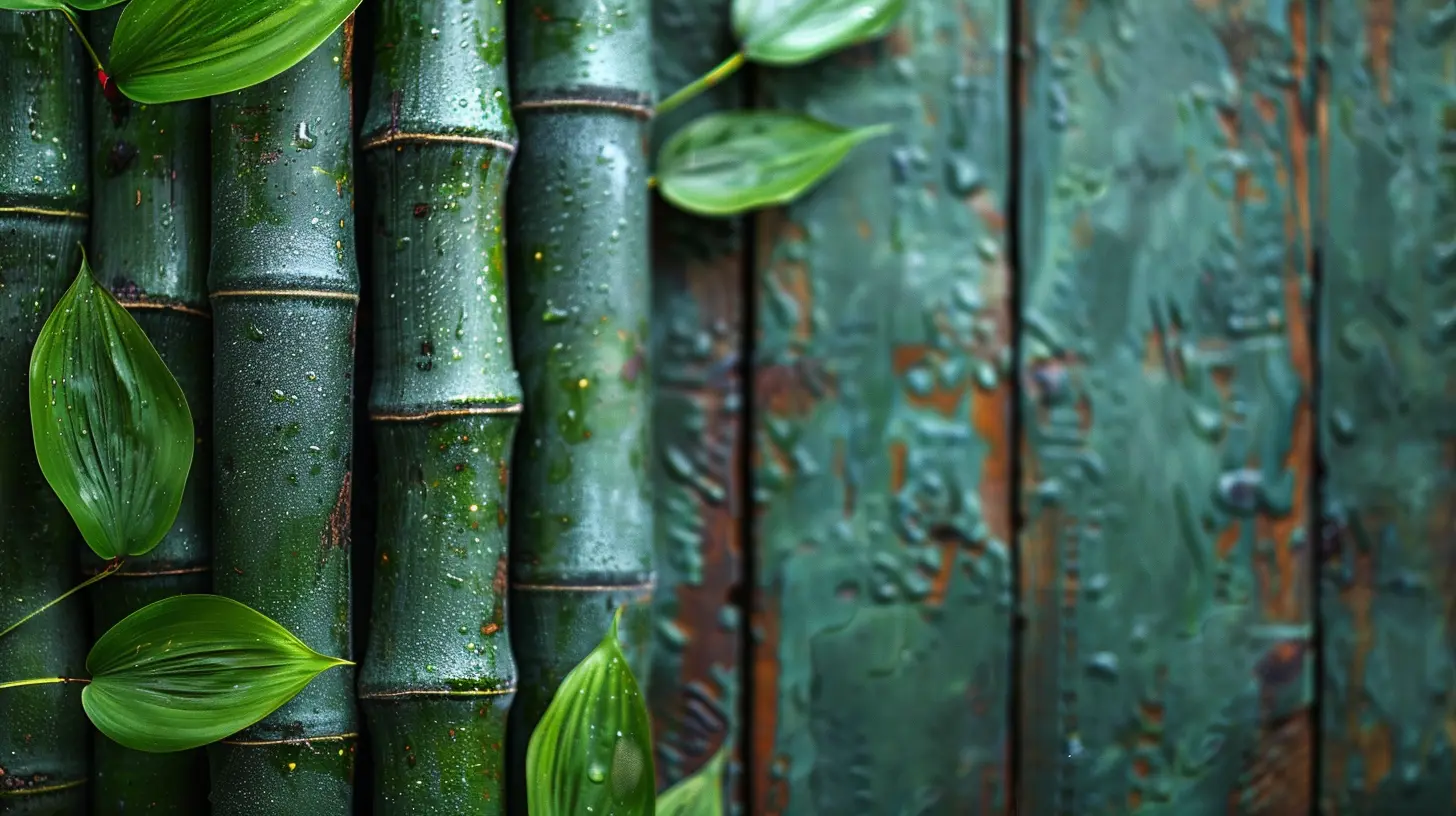
Challenges of Building with Bamboo (Because Nothing’s Perfect)
Before you dive headfirst into a bamboo-built dream home, let’s talk about a few challenges:1. Pest Problems
Bamboo is susceptible to termites and beetles. However, treatment with natural borax solutions can keep these pesky intruders at bay.2. Moisture Sensitivity
While bamboo is naturally moisture-resistant, excessive water exposure can lead to mold or rot. Pro tip? Make sure it’s properly sealed and installed in well-ventilated areas.3. Availability and Regulations
Bamboo construction is gaining popularity, but building codes in some regions don’t yet recognize it as a primary material. That means permits and regulations might be an obstacle depending on where you live.Bamboo vs. Traditional Materials: How Does It Compare?
| Feature | Bamboo | Traditional Timber | Steel & Concrete ||------------------|------------------|-------------------|------------------|
| Growth Time | 3-5 years | 50+ years | Non-renewable |
| Strength | High tensile strength | Strong but slower to grow | Very strong but heavy |
| Sustainability | 100% renewable | Deforestation impact | High carbon footprint |
| Cost | Affordable | Expensive | Expensive |
| Durability | Resistant to earthquakes | Long-lasting | Long lifespan but heavy |
| Maintenance | Needs anti-pest treatment | Needs varnishing/sealing | Low maintenance |
Is Bamboo Right for Your Home?
If you love sustainable living, unique aesthetics, and a material that Mother Earth herself would approve of, then bamboo should definitely be on your radar. Whether you're renovating your floors, adding some stylish partitions, or dreaming of a full-on bamboo house, this incredible plant has your back.Sure, it has a few drawbacks, but what doesn’t? With proper treatment and care, bamboo can easily rival conventional materials in both beauty and durability.
So, are you ready to embrace the bamboo revolution?
Final Thoughts
Bamboo in construction isn’t just a fleeting trend—it’s a game-changer. This humble plant is proving that sustainable building doesn't mean sacrificing strength or style.And with the world moving towards greener solutions, using bamboo in construction is more than just a smart choice; it’s a responsible one.
So, next time you see a panda munching on bamboo, remember this—if it’s tough enough for them, it’s tough enough for your home too!
all images in this post were generated using AI tools
Category:
Sustainable HousingAuthor:

Travis Lozano
Discussion
rate this article
1 comments
Rusty Bell
Great article! It's inspiring to see bamboo gaining recognition as a sustainable building material. Excited about its potential in eco-friendly construction!
August 3, 2025 at 10:51 AM

Travis Lozano
Thank you! I'm glad you found it inspiring. Bamboo truly holds great promise for sustainable construction!
